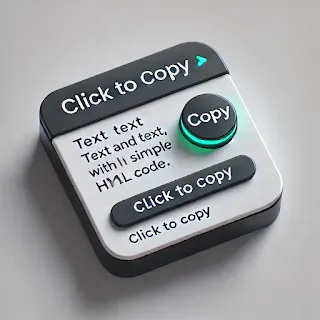If you want to automatically send payment reminders on the due date using Google Apps Script, here's how you can do it. Apps Script runs on Google Sheets, so the reminder details (name, email, due date, amount) will be stored in a Google Sheet.
Steps to Set Up:
1. Create a Google Sheet with the following headers in row 1:
- A: Select Reminder YES/NO
- B: Company Name
- C: Name
- D: Email Address
- E: Email CC
- F: Invoice Details
- G: Total Amount
- H: Due Date (format: DD-MM-YYYY)
- I: Outstanding Days
- J: Ledger
2. Open Apps Script in Google Sheets:
- Click Extensions > Apps Script.
- Delete any existing code and paste the following script.
Google Apps Script for Auto Payment Reminder
How It Works:
1. Checks the Google Sheet for due dates matching today’s date.2. Sends an email reminder using
MailApp.sendEmail().3. Updates the status to "Sent" to prevent duplicate emails.
Automate with Triggers
To automate the script:
1. Go to Apps Script > Triggers (Clock Icon)2. Click "Add Trigger"
3. Select
sendPaymentReminders4. Choose:
- Event Source: Time-driven
- Type: Day timer (Once per day)
Now, reminders will automatically be sent on due dates! 🎉


















































